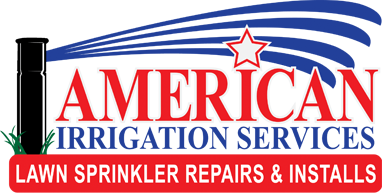Many utility companies have reported that 50% of their water output goes into irrigation systems. Did you know that a lot of this water is wasted due to inefficient systems? A poorly maintained irrigation system can distribute too much water, causing your water bill to suffer while oversaturating your lawn. You can reduce this by incorporating an effective maintenance schedule so that is going to be the focus of this post. Are you ready to get started?
Visually Inspect the System for Leaks
Turn off the system and then read the meter on your water system. Write down this number. There will be a red triangle on the water meter. If you see the meter moving while everything is shut off, then you probably have a leak. You need to call in a professional as quickly as possible.
If your system happens to be supplied by a well, then you should have your irrigation system inspected by a professional at least once every six months to be sure that it’s not leaking. They will have the skills necessary to check for leaks.
Operate the system in each zone, checking it for leaks. They will sometimes only occur when the system is being used. If this happens, then it’s likely due to a crack in the piping or in a connection point. You’ll be able to track it by looking out for puddles somewhere along the line. Fix this problem as quickly as possible because you are just wasting money by allowing it to leak.
Check your automatic settings and make sure that it’s set for the correct day and time. Then list the stations that are being used by each zone and where they are getting water. Place it near the controller so you have an easy reference.
Older models will have batteries that are used to back up the settings so that you don’t lose them during a power outage. You should replace these batteries at the beginning of every watering season. Keep in mind that newer models tend to have internal memory so you won’t need to replace batteries in those units. Check your owner’s manual for more information.
Inspect the System
Replace broken or work spray heads as soon as you spot them. You’ll also want to make sure that all heads pop up when water is directed to them and that they retract once the water is turned off.
Check all of the sprinkler heads in each zone to ensure that no grass is blocking the sprinkler head. They can be raised if you find that they have settled too low to the ground.
Sprinklers should be flush with the ground and the soil immediately surrounding them should be compacted.
You will also need to make sure that the system is getting the right water pressure. If the pressure is too low, water will stream out of the sprinkler head rather than mist.
During the first watering of the year, check each sprinkler head for clogs. Clogging is actually quite normal so you will probably have to unclog several of your sprinkler heads every spring.






